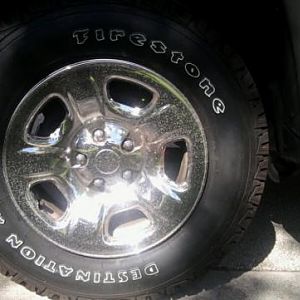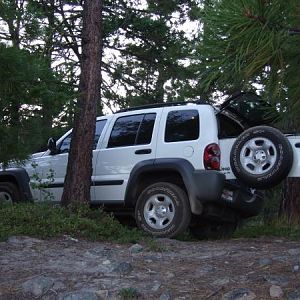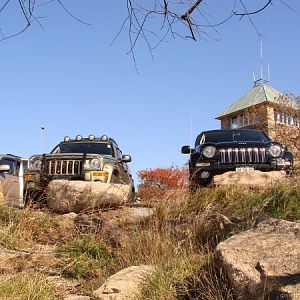Well I never knew that but, as I said DOT 3 was phased out here probably in the 60's (come to think of it) with the widespread adoption of disc brakes, so that sort of makes sense now.
As I recall, you had to use the fluid for your make of brakes, either Girling (which was amber) or Lockheed (red) but then came universal fluid, which was clear & branded by oil companies, which I suspect was the original DOT 4.
As for changing brake fluid, that, in my experience, is an American thing, not something I've ever done - or known anyone else do; in fact I was brought up to conserve the stuff - I suppose because fluid was so expensive.











